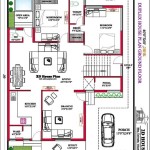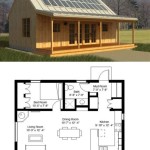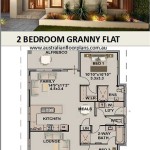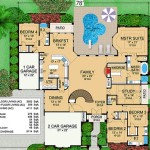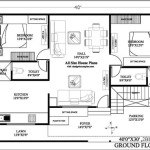Discover the Essential Aspects of Color House Floor Plans for a Vibrant Living Space
Color house floor plans are a unique and captivating design concept that infuses color theory and interior design principles into home layouts. By integrating colors carefully throughout the home, these floor plans create visually stimulating and emotionally impactful living spaces. Let's explore the key aspects of color house floor plans to understand how they can transform your home into a vibrant and inviting retreat.
Color Psychology and Room Function
Color psychology plays a crucial role in color house floor plans. Different colors evoke distinct emotions and can influence the functionality of rooms. For instance, warm colors like red, orange, and yellow are often used in living areas and dining rooms to create a sense of warmth and energy. Cool colors like blue, green, and purple are frequently utilized in bedrooms and bathrooms, promoting a sense of calm and relaxation.
Color Zoning and Flow
Color zoning involves dividing the home into color-specific zones. This technique creates a harmonious flow and visual interest throughout the space. For example, a house plan may feature a cool blue zone in the bedrooms, a warm red zone in the living room, and a neutral green zone in the kitchen and dining area. This zoning helps define different areas and establishes a cohesive color scheme.
Accent Colors and Focal Points
Accent colors are used sparingly to highlight specific elements within a room. They can draw attention to architectural features, furniture pieces, or artwork. By introducing small doses of contrasting or complementary colors, accent colors create visual intrigue and break up monochromatic spaces. Focal points, such as a statement wall or a bold piece of furniture, can be used to enhance the impact of accent colors.
Natural Light and Color Interaction
The interplay between natural light and color is a critical aspect of color house floor plans. The orientation of the home and the size and placement of windows influence how sunlight filters into different spaces. Color schemes should be carefully tailored to complement the natural light conditions, ensuring that rooms appear bright and inviting during the day and cozy and warm at night.
Color Combinations and Themes
Color house floor plans often adhere to specific color combinations or themes. Monochromatic schemes use different shades and tints of the same color, creating a sophisticated and unified look. Analogous schemes utilize colors that are adjacent to each other on the color wheel, resulting in harmonious and visually pleasing spaces. Complementary schemes involve colors that are opposite each other on the color wheel, creating high-contrast and energetic environments.
Conclusion
Color house floor plans offer a vibrant and innovative approach to interior design. By incorporating color theory and psychology, these plans create living spaces that are not only visually stimulating but also emotionally impactful. Through careful consideration of color zoning, accent colors, natural light, and color combinations, color house floor plans transform homes into vibrant and inviting havens. Whether you seek a sense of warmth, tranquility, or energy, a color house floor plan can provide the perfect backdrop for your dream home.

Color 2d Graphics Floor Plans

Color Floor Plan Residential Plans 2d Renderings

Color 2d Graphics Floor Plans

Bluestream Design Studio Florida Color Floor Plans Cad Plan Port Orange Daytona Palm Coast New Smyrna Flagler Volusia County

Aurora V Mediterranean House Floor Plan Full Color Weber Design Group Naples Fl

3 Bedroom House Floor Plan Simple Plans Design

Another Color Floorplan Sample Floor Plans Custom Master Bath

Color Floor Plan Residential Plans 2d Renderings

Color 2d Graphics Floor Plans

Make Your Presentation Stand Out With Color 3d Floor Plans

